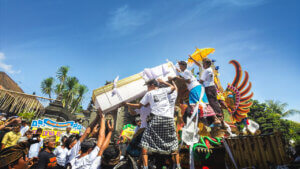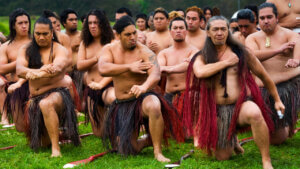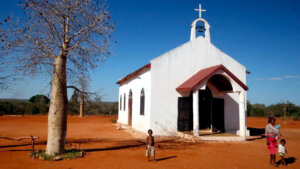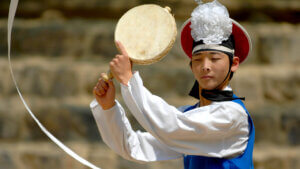Ghana
Fantasy Coffins & Funeral Etiquette
Introduction
One of the world-famous Ghanaian funeral practices are the fantasy coffins! Additionally, Ghanaian peoples often follow a strict funeral etiquette and their customs about death may vary.
Specifically, many cultural and ethnic groups coexist in Ghana, such as the Ashanti, Mole-Dagbon and Fante. Although their customs are not always the same, they do share many similarities! For instance, in most cases funerals are important for everyone in the community. Moreover, they typically take place in different stages.
In this post we visit some of the tribes across the country to observe their unique takes on funerals and death. These include the Ashanti, the Fante and the Ewe.
Fantasy Coffins: Putting the Fun in Funeral
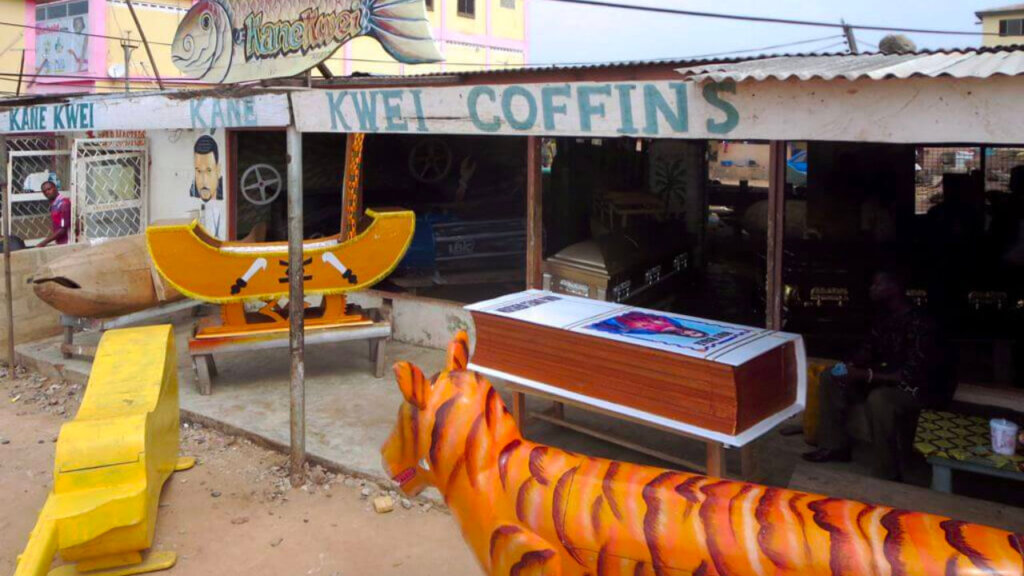
Fantasy (or figurative) coffins in Ghana is a burial custom met in the Greater Accra region. Professional carpenters that specialize in customizing them, have been making them since the 1950s. Additionally, the coffins are usually colorful, originate from figurative palanquins and are often pieces of art both in Ghana and internationally.
Figurative Palanquins
Originally, the Ga people reserved such coffins exclusively for funerals of tribe chiefs and priests. However, when Christianity spread in the Greater Accra area in the 50s and 60s, with it fantasy coffins became popular for everyone. Because of that, by the end of these decades Fantasy Coffins was a more or less common funeral practice.
Christians used the pre-existing traditional figurative palanquins of the Ga, in order to develop their funeral customs. Additionally, the carpenters revealed the exact fantasy coffin only on the day of the funeral, just before the burial.
But what are the exact origins of the fantasy coffins and what purpose do they serve?
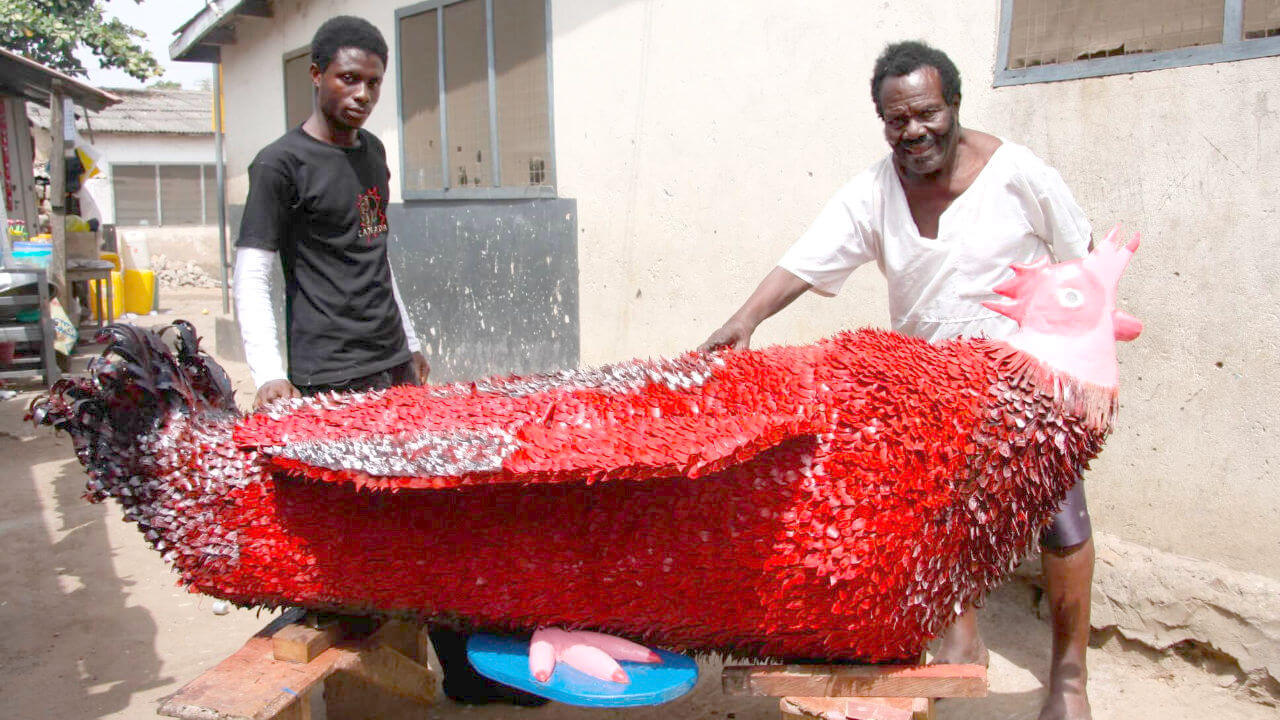
Origins
Fantasy coffins are, indeed, based on figurative palanquins that date to the early 20th century. Furthermore, there is a direct link between them and the religious beliefs of the Ga regarding death and the afterlife. Specifically, the Ga did not see death as the end, since life continued in the following realm of existence. Moreover, life after death very often was quite similar to life before it.
Therefore, fantasy coffins are a literal representation of the profession of the deceased, consisting of symbols that indicate their earthly job. For instance, a sword would be a regal symbol often signifying that the deceased is a priest. In addition to that, certain coffins can refer to particular Ga proverbs. Due to that they are also called proverbial coffins.
Purpose
Moreover, in order for someone to be buried in a fantasy coffin, they need to possess certain social status. Simultaneously, having a customized coffin like that functioned as a source of social status in itself. Additionally, ancestors, kinship ties and belongingness to a tribe is very important for these burials and the customization of the coffin.
For example, fantasy coffins of animals such as lions and crabs were common. These are symbols of certain tribes or clans since these animals are the token of these tribes. Therefore, only the head of family can be buried in such a fantasy coffin upon their death.
Funeral Dressing Etiquette
In addition to the Fantasy Coffins, Ghana is home to more interesting death practices. Before we dive in how various tribes perceive death, we offer a most general funeral etiquette in Ghana.
It is common for the funeral to take place weeks or months after the death of a person. This way the family has more time to prepare and gather sources in order for the occasion to be more elaborate and opulent. However, in order for the everything to be proper, there is often an additional dressing etiquette.
Ghanaian Funeral Etiquette
- In many Ghanaian funerals, the dress code is black and white and has a double meaning. On one hand, it symbolizes the end of the first grieving period. However, on the other it shows that the family of the deceased is grateful to God.
- Moreover, it is usually the direct family that follows the black and white dress code. Tribe leaders typically wear their traditional garb. Some attendees may also wear kaba, a garment similar to a blazer.
- Furthermore, if the deceased had sons, they have to follow another dressing etiquette. Specifically, they wear net caps with small ladders on them. These have decorations of red peppers that function as a sign of the seriousness of the situation. Additionally, they use eggshells as ornaments to symbolize their deep grief.
Death for various Tribes
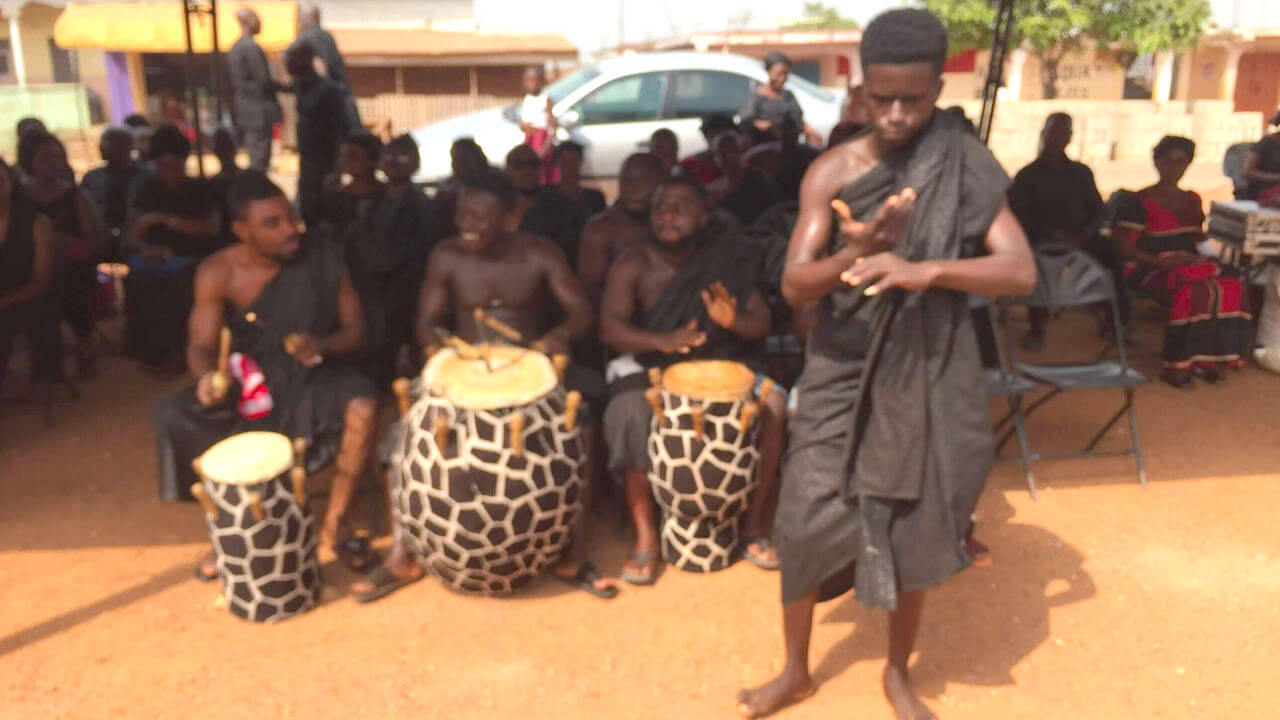
Ashanti Funerals
Death for Ashanti is not so much an individual or a family affair, as it is an important event for the entire village or community. However, family still holds key roles in terms of preparing the body of their relative before and after they die. Additionally, once the burial is complete, close family members organize a festive event for the whole community.
Chiefs join the post-burial festivities, observing them below their large umbrellas with vibrant colors. It is important that the attendees initially interact with each other with traditional greetings. Once this is complete, the festivities peak with dancing. Additionally, a significant part of the event is that the family of the deceased dresses in red and black, signifying their grief.
Ashanti Afterlife
Furthermore, all these festivities signify that the dead have moved to the world after ours (known as Okra). For the Ashanti it is important that the soul of the dead successfully reaches Okra. Specifically, this way they become a guardian spirit, protecting its living relatives. Therefore, ancestral veneration plays a key role in Ashanti religious beliefs.

Fante Funerals
The Fante tribe belongs to the Akan people and they mostly live in coastal areas. One of the most famous Fante individuals is diplomat Kofi Annan. A particularly interesting characteristic of their culture is the fact that they follow a set of matrilineal traditions. Due to this, they are different from most Akan populations.
First of all, for the Fante, the side of the mother’s family defines a person’s lineage (‘abusua’). Specifically, that direct family consists only of one’s abusua. For instance, a man often has stronger ties with his sister’s children than his own. Additionally, these notions are present at a Fante funeral as well. It is the maternal abusua that is the directly responsible for one’s funeral. That means that the partner and children of the deceased play a secondary role!
Social Status
In addition to the above, social status and respect are also significant elements of Fante funerals. Specifically, the higher their social status, the longer and more luxurious the funerals are going to be. Moreover, the luxury of these funerals is a sign of respect of the dead. Finally, Fante funerals often involve loud music, drums and theatrical elements.
Ewe Funerals
Ewe people reside in Eastern Ghana, Togo and Benin. Dancing and music, especially drums are extremely important in Ewe religious beliefs. Therefore, Ewe funerals incorporate drums and dancing as well. An azaguno, is a performer that specializes in rhythmic vugbe. These performers use specific drumming patterns for certain parts of the funeral, like the wake and when receiving the body. Sometimes the drums can be decorated with actual bones of dead members of the tribe.
Ewe Funeral Drumming
It is an honor to be a drummer that performs in such occasions. For example, the family often bows down to drummers as a sign of respect and gratitude. Moreover, when a member of a drum or dancing group passes away, they receive a lavish funeral.
In modern times these performances keep chancing. For instance, azaguno create their vugbe, next to playing the existing ones. Village or tribe elders feel that the new drum patterns are a corrupted version of the older one. However, modern drummers feel proud of their compositions. Finally, it is quite common for these newer drum patterns to include humor, and even sexual jokes.
Read more
We hope you learned something new regarding this country’s death practices!
If you want learn more West African death practices, check out our article on Nigerian Second burial. For an East African approach to death, we recommend our Madagascar article. Finally, for alternative coffins you can also read our Philippines article that focuses on the Hanging Coffins of Sagada.
Stats & Facts
The mixed average death rate per 1.000 people is 7,309 according to data from 2018.
Saturday is the designated day for funerals in Ghana. Therefore, all funeral rites take place on that day for every person of that community that died since last Saturday.
According to the 2010 census, almost 72% of people in Ghana follow some form of Christianity. The include Pentecostal, Charismatic, Evangelical, Protestant and Catholic. Approximately 17,5% of the population is Muslim, located mostly to the Northern Region. Traditional African religions and other various beliefs consist around 5% of the population each.
Originally, attitudes towards donor donation were quite negative. In an effort to build effective organ registration and donation, doctors in Ghana are trying to change these views. As of now, there is no National Organ Donation Registration system to the best of our knowledge.
Life expectancy
- Burns, J. M. (2005). My mother has a television, does yours? Transformation and secularization in an Ewe funeral drum tradition. Oral Tradition, 20(2), 300-319. Retrieved
- Celebrating death in style: Ghana’s fantasy coffins – Munachim Amah & Ized Uanikhehi (2018)
- Crude Death Rate / Ghana – World Bank
- Fantasy coffin
- Figurative palanquin
- Exploring Ghanaian Death Rituals and Funeral Practices
- Ghanaian Funerals: Customs, Traditions & What to Expect – Sara Kessler (2021)
- Music at Anlo-Ewe Funerals – Kevin O’Sullivan (1996)
- Religion in Ghana
- Jean-Michel Rousset, CC BY-SA 3.0, via Wikimedia Commons
- Ghana Safari Tours, Free use
- David Stanley, CC BY-SA 2.0, via Flickr
- Regula Tschumi, CC BY 3.0, via Wikimedia Commons
- Wayoe Amlalo Tetteh Nicholas, CC BY-SA 4.0, via Wikimedia Commons
- Manu Herbstein, CC BY-SA 4.0, via Wikimedia Commons
- Paul5263, CC BY-SA 4.0, via Wikimedia Commons
- Amuzujoe, CC BY-SA 4.0, via Wikimedia Commons
- Sathyan Velumani, CC BY-SA 3.0, via Wikimedia Commons




